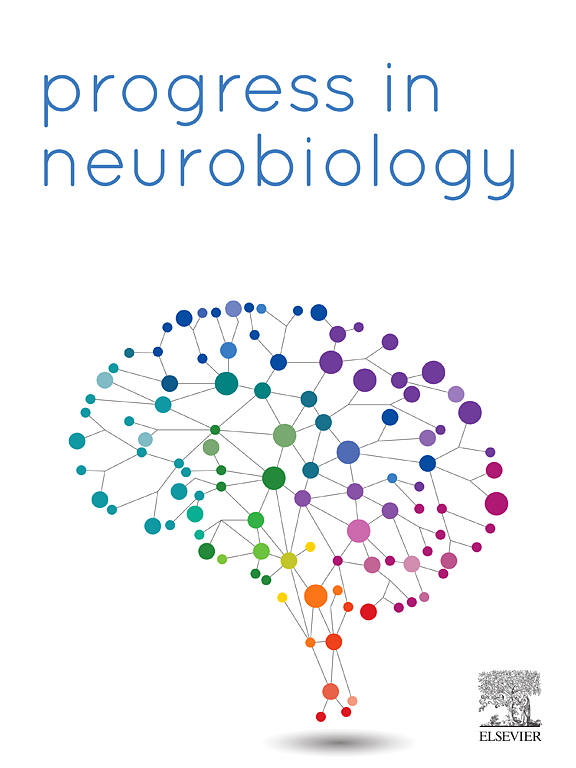Partial reprogramming by cyclical overexpression of Yamanaka factors improves pathological phenotypes of tauopathy mouse model of human Alzheimer's disease
IF 6.1
2区 医学
Q1 NEUROSCIENCES
引用次数: 0
Abstract
Partial reprogramming induced by the controlled and cyclical overexpression of Yamanaka factors in the nervous system has so far succeeded in reversing some aging-associated phenotypes, such as improving memory function. These promising results suggest that partial reprogramming could be a potential strategy to prevent or mitigate aging-related pathologies like tauopathies, including Alzheimer’s disease. Here, we explore the potential of this strategy in addressing tauopathy development in the P301S mouse model. To achieve this, a new transgenic animal was created that can inducibly overexpress Yamanaka factors upon doxycycline administration and carries the Tau-P301S mutation, which leads to tauopathy development. The results of this study show a significant improvement in key pathological features of tauopathies in the hippocampus, including reversed tauopathy, alleviated reactive astrogliosis, age-related reduction of the H3K9me3 epigenetic marker, along with improved spatial memory, which has been described as deteriorated in this model. These findings reinforce the potential of partial reprogramming as a therapeutic strategy to combat brain pathologies associated with aging.
周期性过表达Yamanaka因子的部分重编程改善了人类阿尔茨海默病牛头病小鼠模型的病理表型。
神经系统中Yamanaka因子的受控和周期性过度表达诱导的部分重编程迄今已成功地逆转了一些与衰老相关的表型,如改善记忆功能。这些有希望的结果表明,部分重编程可能是一种潜在的策略,可以预防或减轻与衰老相关的病理,如牛头病,包括阿尔茨海默病。在这里,我们探索这种策略在解决P301S小鼠模型中牛头病发展的潜力。为了实现这一目标,研究人员创建了一种新的转基因动物,该动物在给药强力霉素后可诱导过表达山中因子,并携带Tau-P301S突变,从而导致牛头病的发生。本研究结果显示,海马tau病变的关键病理特征显著改善,包括逆转tau病变,缓解反应性星形胶质细胞增生,年龄相关的H3K9me3表观遗传标记减少,以及空间记忆的改善,在该模型中被描述为恶化。这些发现加强了部分重编程作为对抗与衰老相关的脑病理的治疗策略的潜力。
本文章由计算机程序翻译,如有差异,请以英文原文为准。
求助全文
约1分钟内获得全文
求助全文
来源期刊

Progress in Neurobiology
医学-神经科学
CiteScore
12.80
自引率
1.50%
发文量
107
审稿时长
33 days
期刊介绍:
Progress in Neurobiology is an international journal that publishes groundbreaking original research, comprehensive review articles and opinion pieces written by leading researchers. The journal welcomes contributions from the broad field of neuroscience that apply neurophysiological, biochemical, pharmacological, molecular biological, anatomical, computational and behavioral analyses to problems of molecular, cellular, developmental, systems, and clinical neuroscience.
 求助内容:
求助内容: 应助结果提醒方式:
应助结果提醒方式:


